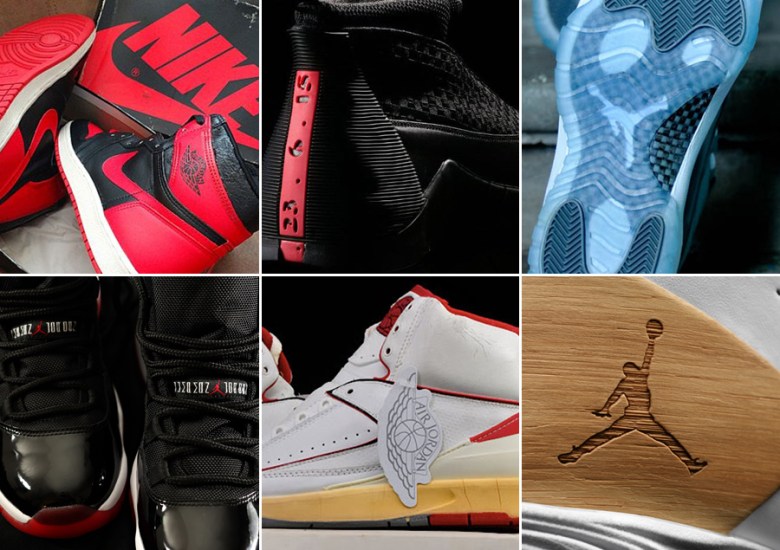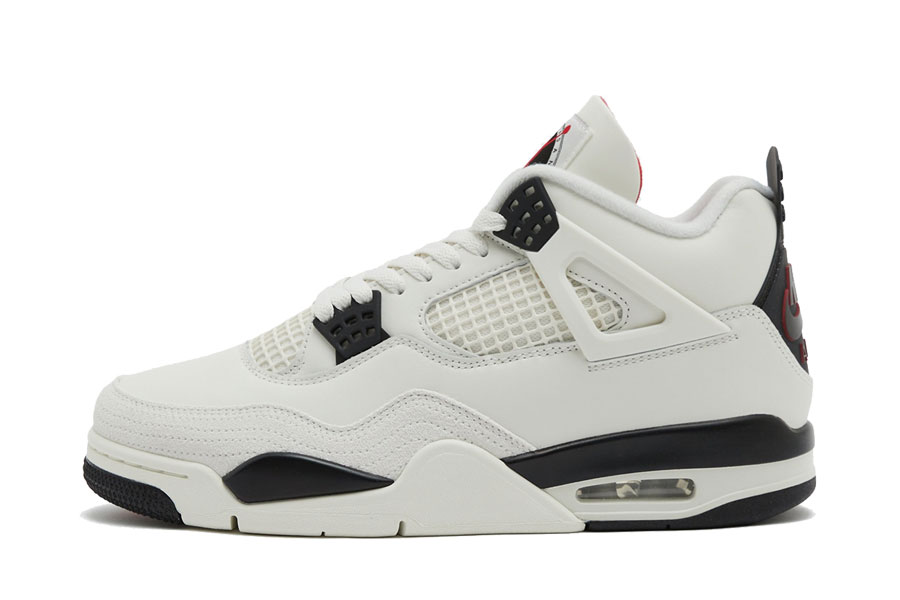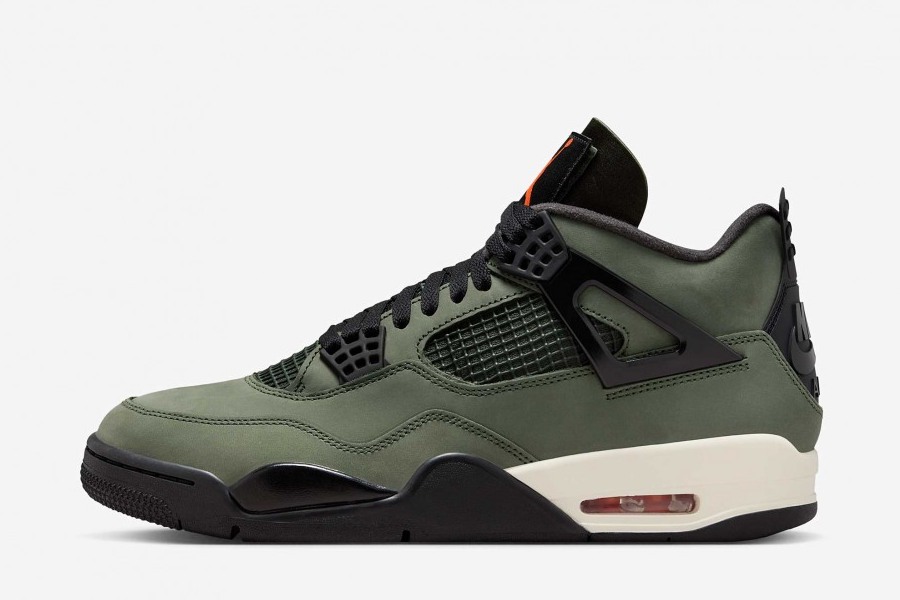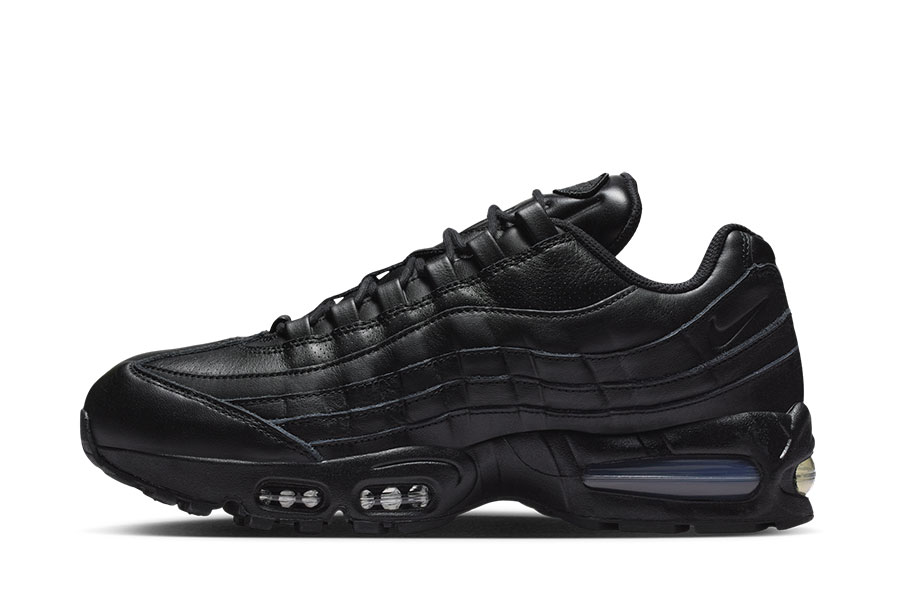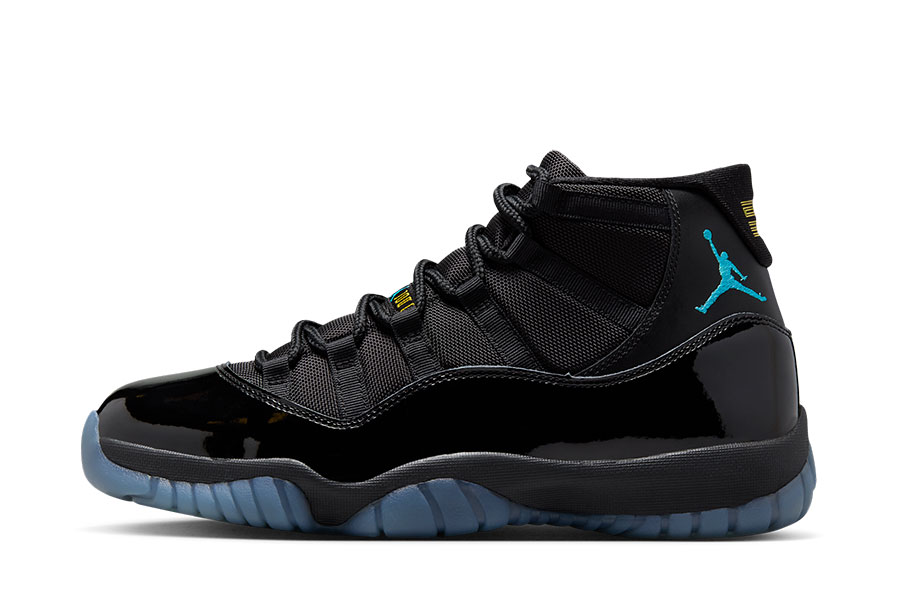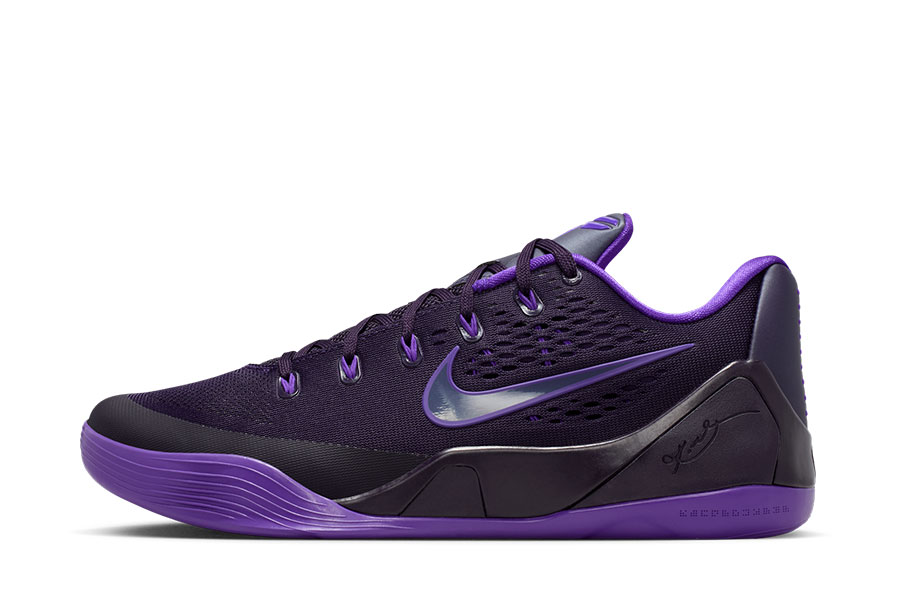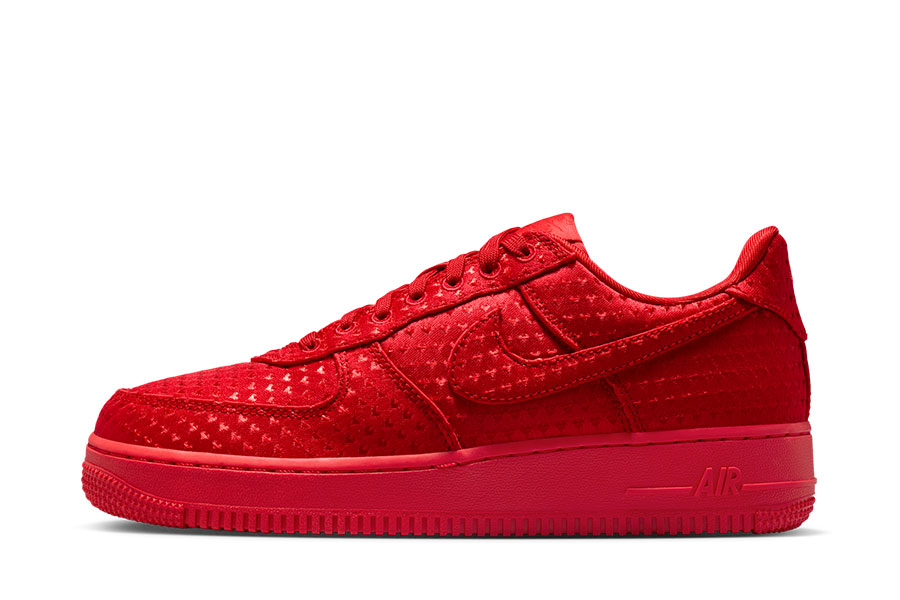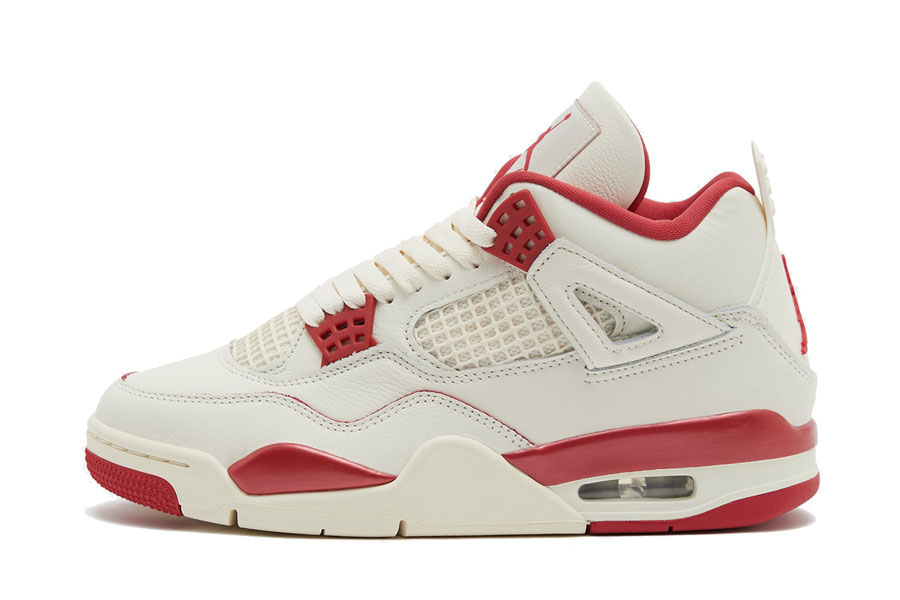
You might already know this, but it cannot be overstated: the Air Jordan line is the most influential signature shoe series ever. The ways in which Michael Jordan and his sneakers have impacted the world as we know it is a broader topic that would take pages if not entire books on its own. So let’s examine a specific area in which Air Jordans have irreversibly changed basketball footwear: material innovations.
From the very first release, Nike used the Air Jordan as an opportunity to push the envelope. To have the endorser go on to become the greatest player in the history of the game was fortunate. But designers like the great Tinker Hatfield seizing the moment and surprising us with beautiful and/or useful new materials was also required for this perfect storm. The following pages detail a history of those introductions and their impact on sneaker culture:

Banned Colors
The Air Jordan 1 set a precedent for the line transcending established limits with a simple color combination that’s become completely synonymous with basketball shoes. The NBA said shoe uppers must have some white. Nike and MJ disagreed. History was made.
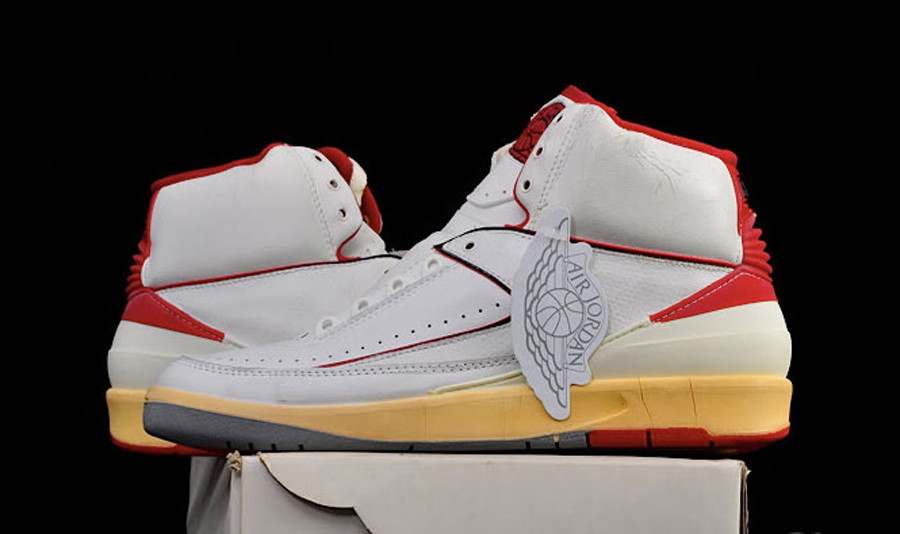
Made in Italy
The second Air Jordan introduced premium leather by way of a nation known for its shoemaking excellence. The II was Made in Italy and was the first in the series to top the $100 mark. The luxurious build proved ahead of its time and remains underrated to this day, but it established a luxury-performance concept we’ve recently seen executed with great success with Nike’s EXT offerings.

Elephant Print
Three key contributions in three shoes; we’re already getting a feel for how important Air Jordans are to sneaker history. The third might be the single most important, as the brilliant Nike architect Tinker Hatfield came on board and elevated the line to a whole new level. The Air Jordan III is considered one of the greatest of all time, and its Elephant print is so revered that the Three’s accent piece has become a fundamental Nike aesthetic. Most recently, it was utilized in launching the Air Jordan Elements collection with the 3Lab5s.
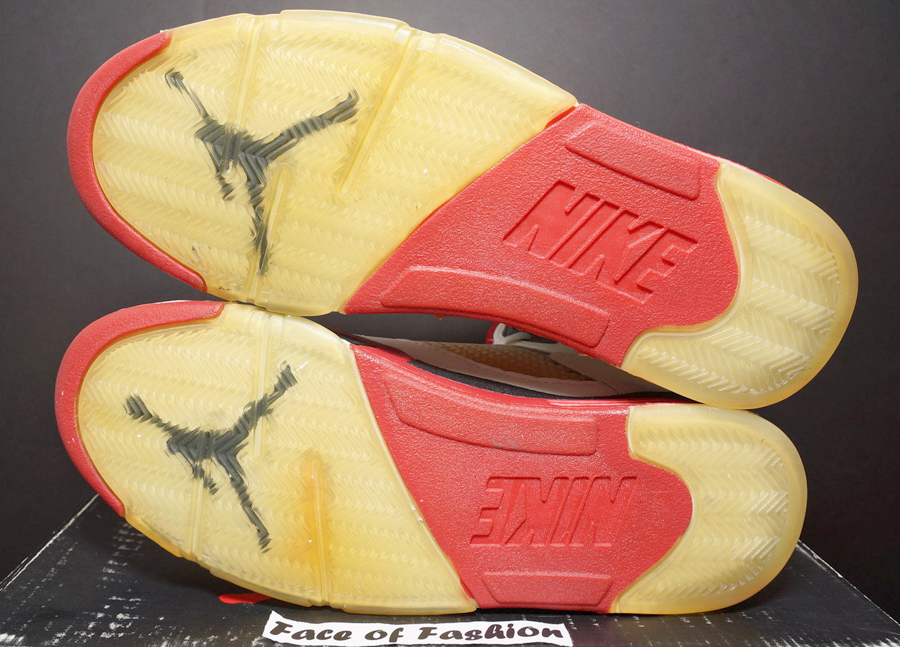
Ice Sole
Speaking of Nike styles that sneakerheads can’t get enough of, the Air Jordan V gave us icey soles on the hardwood for the first time ever. It’s a look that not all that many more Air Jordan silos have used, but one that has a presence in every single niche of today’s sneaker market. Brands have taken steps to keep them looking newer longer, and there’s even a cottage industry dedicated to keeping yours looking fresh.
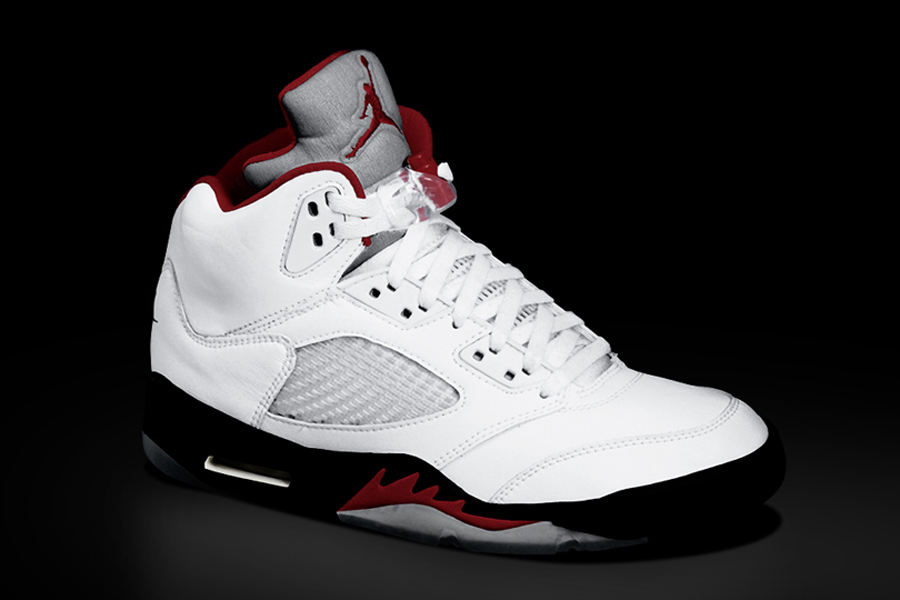
3M
The Air Jordan V is fresh on our minds with so many colorways releasing in 2013. Several included the reflective 3M tongues that debuted back in 1990, a flashy style that has especially in recent years come to permeate the sneaker landscape. Just one more way Air Jordans continue to influence sneakers and another reason why the Five might be the greatest of all time.
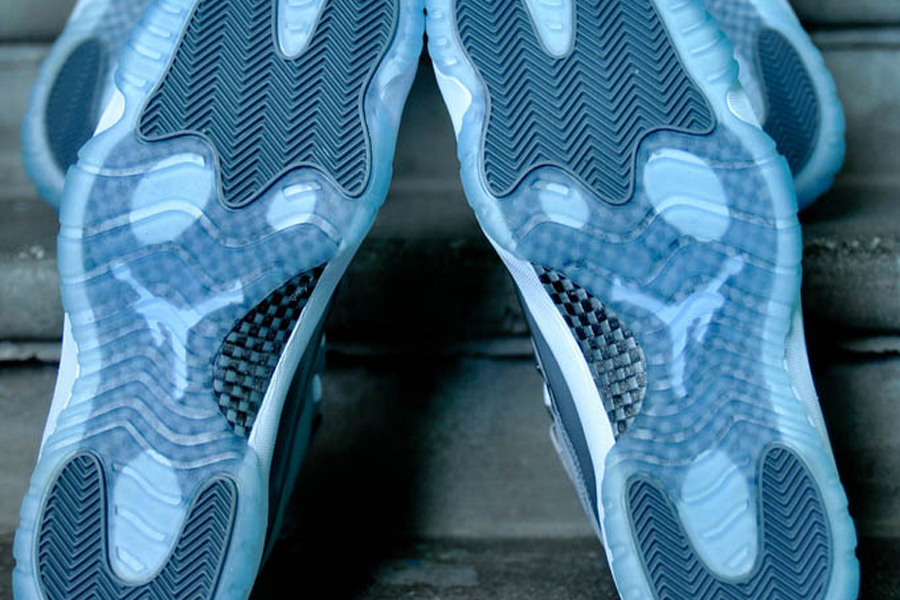
Carbon Fiber
Today’s Air Jordan XI is a status item and a reminder of the greatest season an NBA team ever had. It’s lofty status is furthered by the fact that it introduced us to the performance capabilities of a carbon fiber shank plate. This construction style remains popular to this day and served as the genesis of concepts that culminated in the critically acclaimed Jordan Flight Plate under the XX8. Carbon fiber and icey outsoles also have a certain synergy as first seen on the Elevens and duplicated on quite a few subsequent releases.
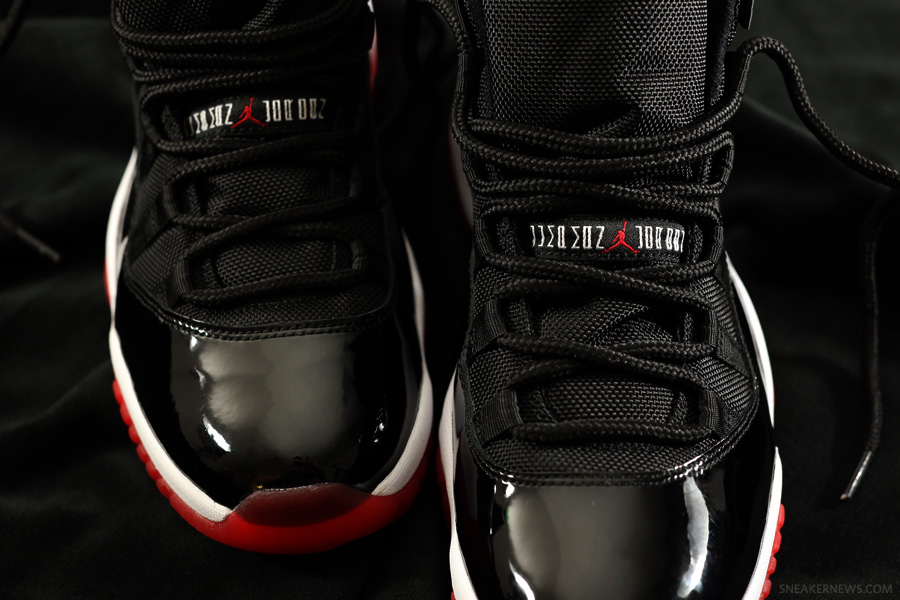
Ballistic Nylon
The Air Jordan XIII deviated from the established leather/suede/nubuck and maybe a little bit of mesh formula, and applied ballistic nylon to the quilted panels on two of the five original colorways (three of seven if we include the lowtops). The originals and first retros are valued for the interwoven reflective 3M strands.
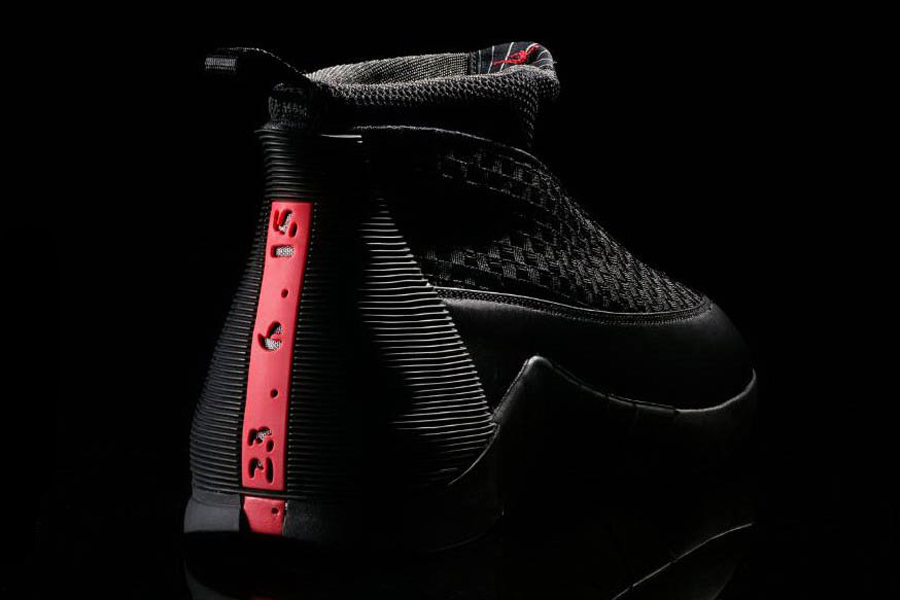
Kevlar
The Air Jordan XV is possibly the most distinctive design in the entire Jumpman canon. Its woven kevlar design stands out from the rest and a similar style is on the horizon with the upcoming Jordan Future.
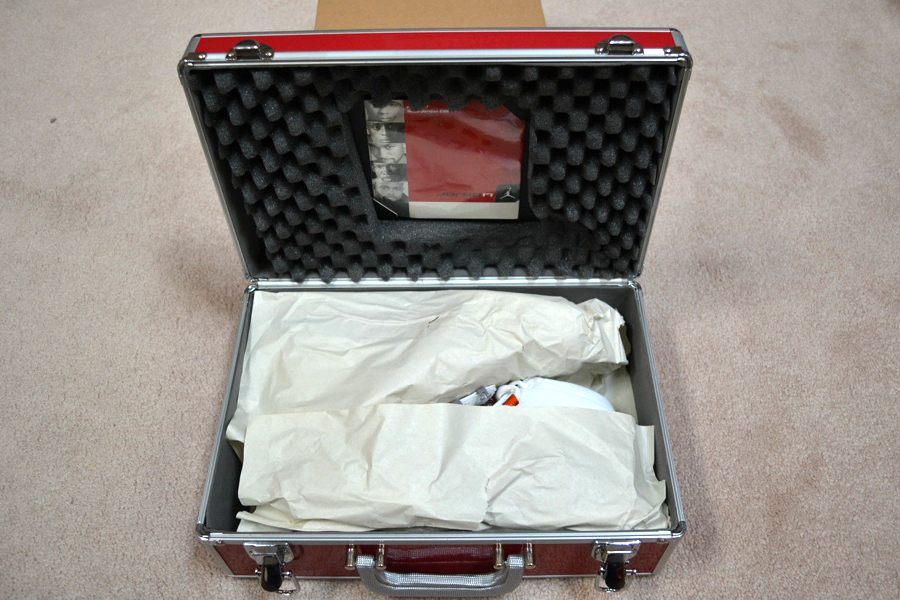
Metal Case
Michael Jordan scored his 30,000th NBA point in the Air Jordan XVII. One year earlier, he had been retired from the game and President of Basketball Operations for the Washington Wizards. The Seventeen’s steel ‘briefcase’ shoebox was an innovative use of materials that sparked a special packaging trend that has continued to escalate to the joy of sneakerheads and serious collectors.
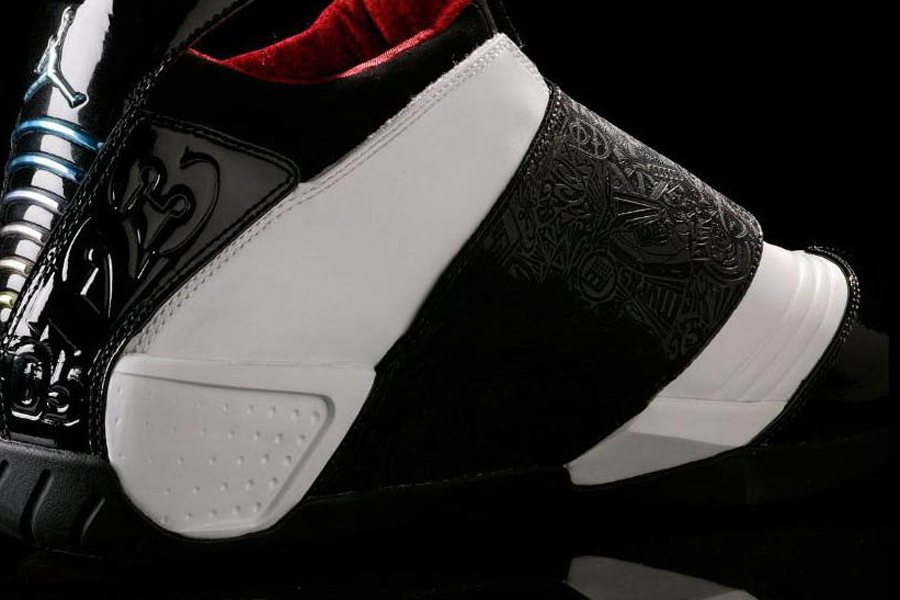
Laser Etching
The Air Jordan XX was a groundbreaking design that celebrated the legacy that came before it while embracing a radically new future. The ankle strap on that model was unprecedented and hasn’t been duplicated, but the IPS sole is the basis for the ongoing podular outsoles as used on Chris Paul’s signatures, and that ‘other’ strap is possibly the most influential of this century. The midfoot area was a canvas for Mark Smith’s lasering technique that buyers have favored so strongly, the look with examples in every niche and even on NIKEiD personalizations.
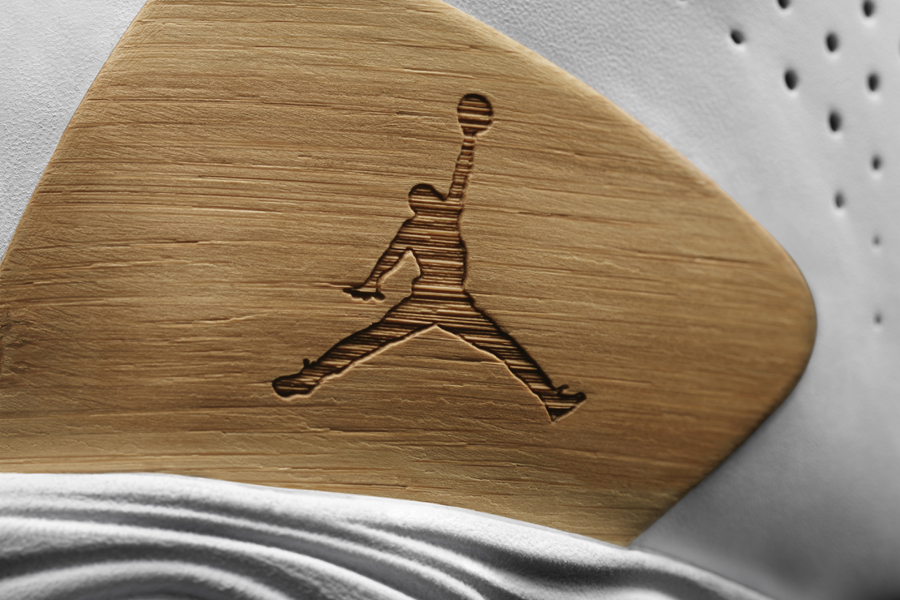
Bamboo
The latest first from Jordan Brand incorporates a sustainable material that speaks to subtle luxury. The ‘Bamboo’ Air Jordan XX8 hits this weekend with that novel choice of materials at the heel, as sourced from a local concern in the vicinity of Nike’s headquarters in Oregon.

